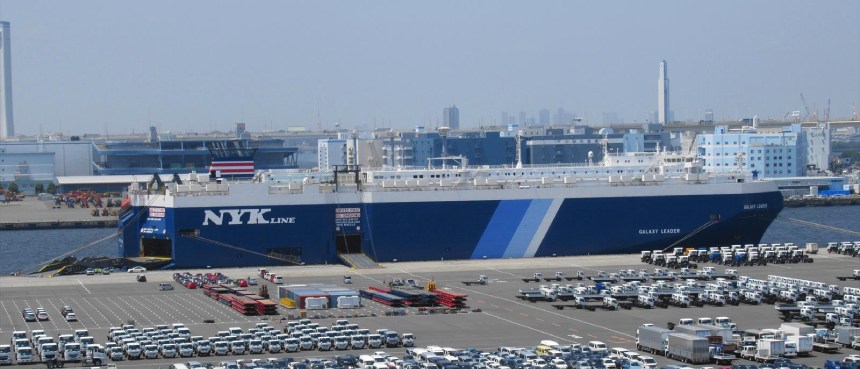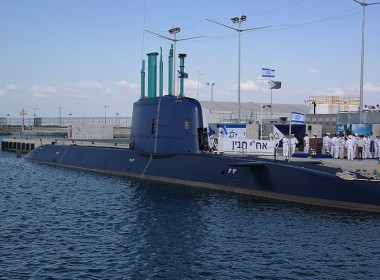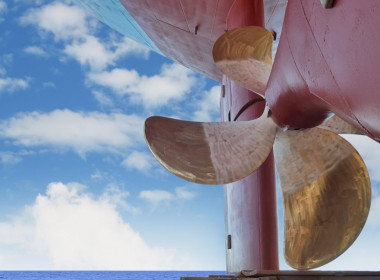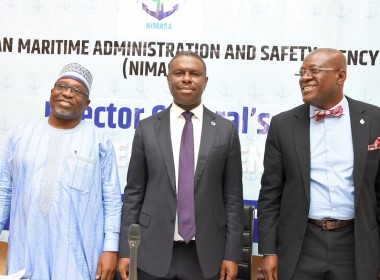COLUMN | Maritime consequences of the Israel-Hamas conflict [Naval Gazing]

With its complex transnational ownership and operating structures, international merchant shipping has long had considerable potential as a terrorist target.
The seizure or damaging of a merchant vessel can spawn a great deal of divisive international security and financial mayhem, as well as being very lucrative for the culprits. Also, few of the flag states in which the great majority of ships are now registered have any viable naval forces capable of intervening. It is therefore somewhat surprising that attacks on merchant ships have been relatively rare. The terrorist community now, however, is making up for lost time in the Red Sea and the Bab-El-Manden Strait, the choke point that lies between Yemen and Djibouti.
Attacks on international shipping

Since the atrocities of October 7, 2023 in Israel, there have been more than 20 attacks on merchant ships in these areas. The attacks have included hijackings and strikes by anti-ship cruise missiles and drones launched from within Yemen, very likely by Iran-backed Houthi rebel groups, as well as “fly by” shootings by machine gun-armed fighters in speedboats. Some victimised vessels have an obvious Israel connection, but some do not.
Analysts believe that the attacks are intended to stir up both to divert attention from the land war in Gaza and to stir up international shipping industry opposition to the Israeli offensive. At least five major shipping companies are now routing their ships around Cape Horn so as to avoid the terrorist attack zone.
Video footage indicates that the seizure of the car carrier Galaxy Leader was apparently facilitated by raiders embarked in helicopters of Iran’s Islamic Revolutionary Guard Corps (IRGC) Aeronautical Corps, with some analysts even believing that it was actually carried out by uniformed IRGC personnel, some long-inactive. Somali pirate gangs are believed to have taken advantage of the situation by seizing more than one vessel.
US Carrier Strike Groups have been in place in and around the Red Sea and the Eastern Mediterranean for some time with the prime tasks of deterring potential Iranian and Hezbollah involvement in the conflict and providing air and other intelligence to Israeli forces. France and the UK have already responded by deploying the destroyers Languedoc and Diamond. Meanwhile, Israeli Navy Saar-6 frigates continue to operate in the Red Sea.
Towards a united front?
Washington is now conferring urgently with allies with the aim of creating a dedicated patrol and deterrence force to counter the current threat. According to recent reports, such a force, to be dubbed “Operation Prosperity Guardian,” is set to be activated shortly. Some assets from the existing matrix of the Bahrain-based, US-led Combined Task Force 153 maritime security task group and the currently UK-led International Maritime Security Construct might provide a starting line-up for such a force, but there is a complicated political aspect to the situation that might deter potential participants. Also, many European navies have been so hollowed out by endless defence cuts that they have very few fully worked-up warships or logistic support vessels available.
Kinetic action
Allied warships, including the US destroyers Carney and Mason as well as Languedoc and Diamond have been engaged in significant kinetic action in the Red Sea and the Suez Canal, so far, bringing down as many as 60 Yemen-launched missiles and attack drones. Most of the incoming projectiles have been assessed as having been aimed at Israel. Some were believed to have been directed at the ships themselves.
There also been reports of Iranian-manufactured ballistic missiles overflying the Suez Canal, headed for Israel.
Surface-to-air missiles and far more economically, ship-mounted medium-calibre guns have been used to engage and destroy the threatening missiles and drones.
The situation continues to escalate.







